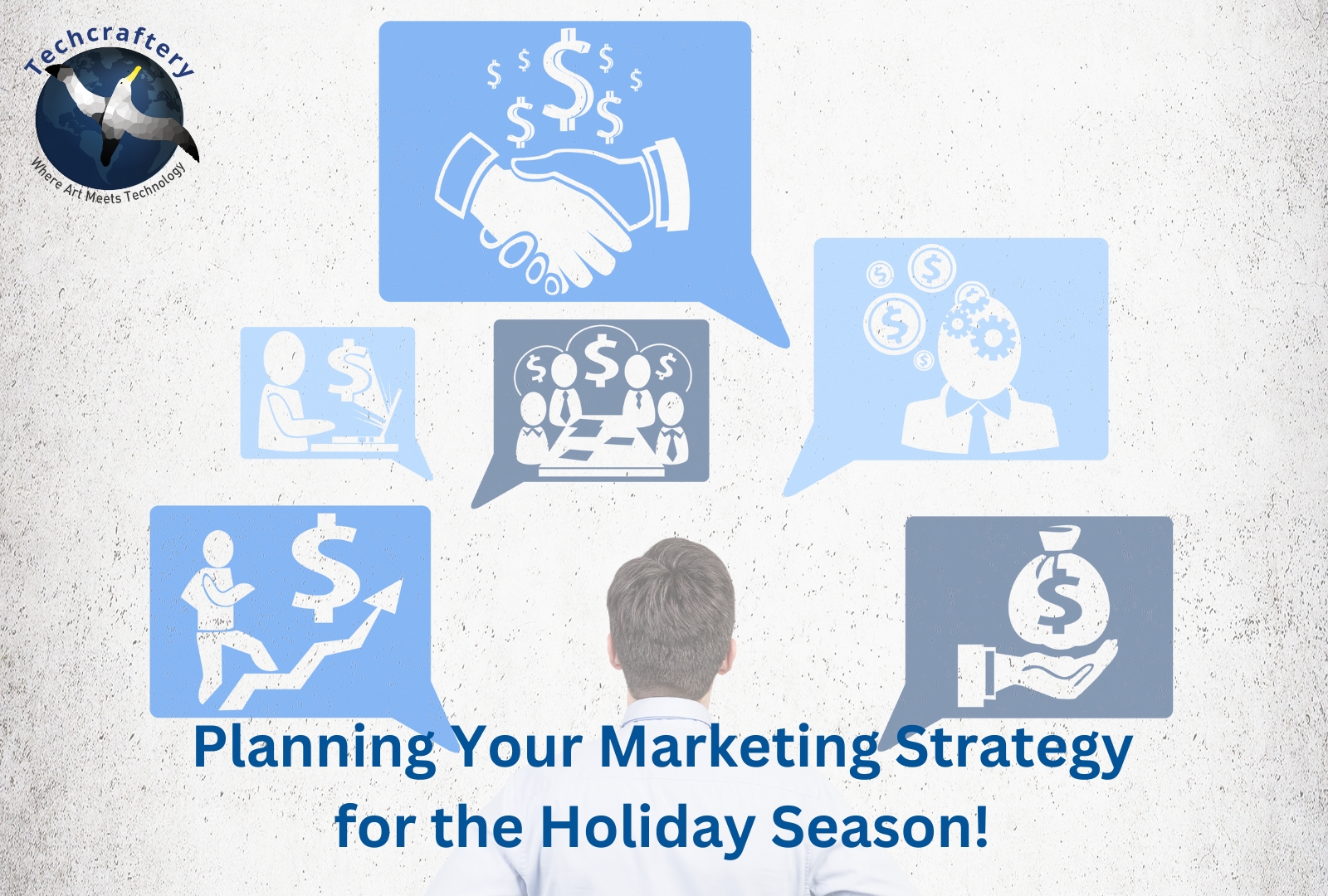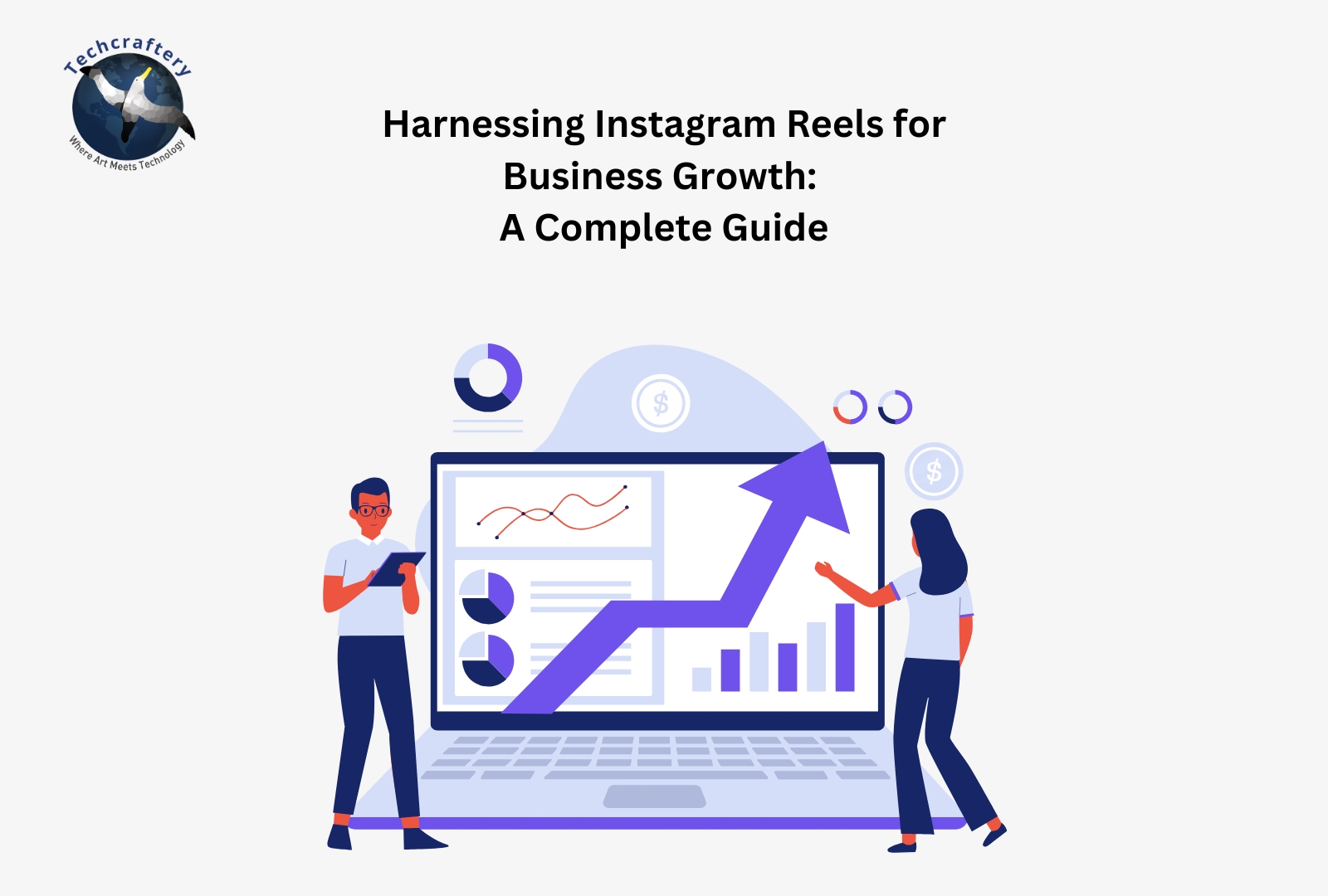The holiday season is a critical time for businesses across various industries. With increased consumer spending and a festive atmosphere, it offers a unique opportunity to engage with customers and boost sales. However, to capitalize on this potential, effective planning and a well-structured marketing strategy are essential. This guide will outline key steps and strategies for developing a successful holiday marketing plan, ensuring your business stands out during this competitive time.
Understanding Your Audience
1. Identify Your Target Audience
Before planning your marketing strategy, it’s crucial to understand who your target audience is. Analyze your existing customer base and identify demographics such as age, gender, income level, and preferences. This information will help tailor your marketing efforts to resonate with your audience.
2. Conduct Market Research
Engage in market research to gather insights into consumer behavior during the holiday season. Look for trends related to purchasing habits, preferred shopping channels (online vs. in-store), and popular products. Utilize surveys, social media polls, and customer feedback to gather data. This information will be invaluable in shaping your marketing campaigns.
3. Create Buyer Personas
Based on your research, develop detailed buyer personas that represent your target audience segments. These personas should include information such as their motivations, pain points, and shopping preferences. Having well-defined personas will guide your messaging and promotional strategies.
Setting Clear Goals
1. Define Your Objectives
Establish clear and measurable marketing objectives for the holiday season. Common goals include increasing sales, expanding brand awareness, boosting website traffic, or growing your social media following. Use the SMART criteria (Specific, Measurable, Achievable, Relevant, Time-bound) to create effective goals.
2. Analyze Past Performance
Review your marketing performance from previous holiday seasons to identify what worked well and what didn’t. Analyze metrics such as conversion rates, customer engagement, and return on investment (ROI) for past campaigns. This analysis will help inform your strategy for the upcoming season.
Crafting Your Holiday Marketing Message
1. Develop a Compelling Value Proposition
Create a clear and compelling value proposition that differentiates your brand from competitors. Consider what unique benefits your products or services offer during the holiday season. Highlight these benefits in your messaging to attract potential customers.
2. Emphasize Seasonal Themes
Incorporate seasonal themes into your marketing messaging. Use holiday-related language, visuals, and colors that evoke the festive spirit. Whether it’s Christmas, Hanukkah, Thanksgiving, or New Year, tailor your content to resonate with the emotions and sentiments associated with the holiday season.
3. Create Engaging Content
Develop engaging content that captures the attention of your audience. This could include blog posts, social media updates, email newsletters, and videos. Share tips for holiday shopping, gift guides, and behind-the-scenes glimpses of your business. User-generated content, such as customer testimonials or photos, can also enhance engagement.
Choosing Your Marketing Channels
1. Leverage Social Media
Social media platforms are powerful tools for reaching your audience during the holiday season. Create a social media calendar that outlines your posting schedule and content themes. Engage with your followers by running holiday-themed contests, sharing festive content, and responding to comments promptly.
2. Invest in Email Marketing
Email marketing remains one of the most effective channels for driving sales during the holidays. Build an email list and segment your audience to send personalized messages. Craft attention-grabbing subject lines and include exclusive holiday offers, discounts, and product recommendations in your emails.
3. Utilize Paid Advertising
Consider investing in paid advertising to reach a wider audience. Platforms like Google Ads and Facebook Ads allow you to target specific demographics and interests. Create visually appealing ads that highlight your holiday promotions and drive traffic to your website or online store.
4. Optimize Your Website
Ensure your website is optimized for holiday shopping. This includes creating a user-friendly experience, fast loading times, and mobile responsiveness. Highlight your holiday promotions prominently on your homepage and make it easy for customers to find gift categories.
Planning Promotions and Offers
1. Create Holiday Promotions
Develop enticing promotions to attract customers during the holiday season. This could include discounts, buy-one-get-one-free offers, or free shipping on orders over a certain amount. Ensure your promotions align with your overall marketing strategy and resonate with your target audience.
2. Implement Limited-Time Offers
Create a sense of urgency by offering limited-time promotions. This could involve flash sales, countdown timers, or exclusive offers for the first few customers. Limited-time promotions encourage customers to act quickly, driving sales during peak shopping periods.
3. Bundle Products
Consider bundling products together for holiday gift sets. This not only increases the perceived value for customers but also encourages them to purchase more items. Highlight these bundles in your marketing materials to capture customer interest.
Engaging Customers
1. Encourage Customer Interaction
Engage with your customers through various channels. Encourage them to leave reviews, share their holiday experiences with your products, and participate in social media challenges. The more engaged your audience is, the more likely they are to make a purchase.
2. Provide Exceptional Customer Service
Deliver outstanding customer service throughout the holiday season. Be responsive to inquiries, address customer concerns promptly, and ensure a seamless shopping experience. Positive interactions can lead to repeat business and customer loyalty.
3. Personalize the Customer Experience
Use customer data to personalize the shopping experience. Recommend products based on past purchases, send personalized holiday greetings, and tailor marketing messages to individual preferences. Personalization enhances customer satisfaction and increases the likelihood of conversion.
Tracking and Measuring Success
1. Set Up Analytics Tools
Implement analytics tools to track the performance of your holiday marketing campaigns. Google Analytics, social media insights, and email marketing metrics provide valuable data on user behavior, conversion rates, and engagement levels.
2. Monitor Key Performance Indicators (KPIs)
Identify and monitor key performance indicators (KPIs) that align with your marketing goals. Common KPIs include website traffic, conversion rates, social media engagement, and sales revenue. Regularly assess your performance to identify areas for improvement.
3. Adjust Your Strategy
Based on your data analysis, be prepared to adjust your marketing strategy as needed. If certain promotions are underperforming, consider tweaking your messaging or targeting different audience segments. Flexibility is key during the holiday season.
Preparing for Post-Holiday Marketing
1. Plan for Customer Retention
Once the holiday season concludes, focus on retaining the customers you acquired. Implement strategies to keep them engaged, such as loyalty programs, follow-up emails, and exclusive offers for future purchases.
2. Analyze Holiday Campaign Performance
After the holiday season, take the time to analyze the performance of your campaigns. Identify what worked well and what could be improved for next year. Document your findings to inform your future holiday marketing strategies.
3. Stay Connected with Customers
Continue engaging with your customers even after the holidays. Share valuable content, seek feedback, and keep them informed about new products and promotions. Building lasting relationships with customers fosters brand loyalty.





